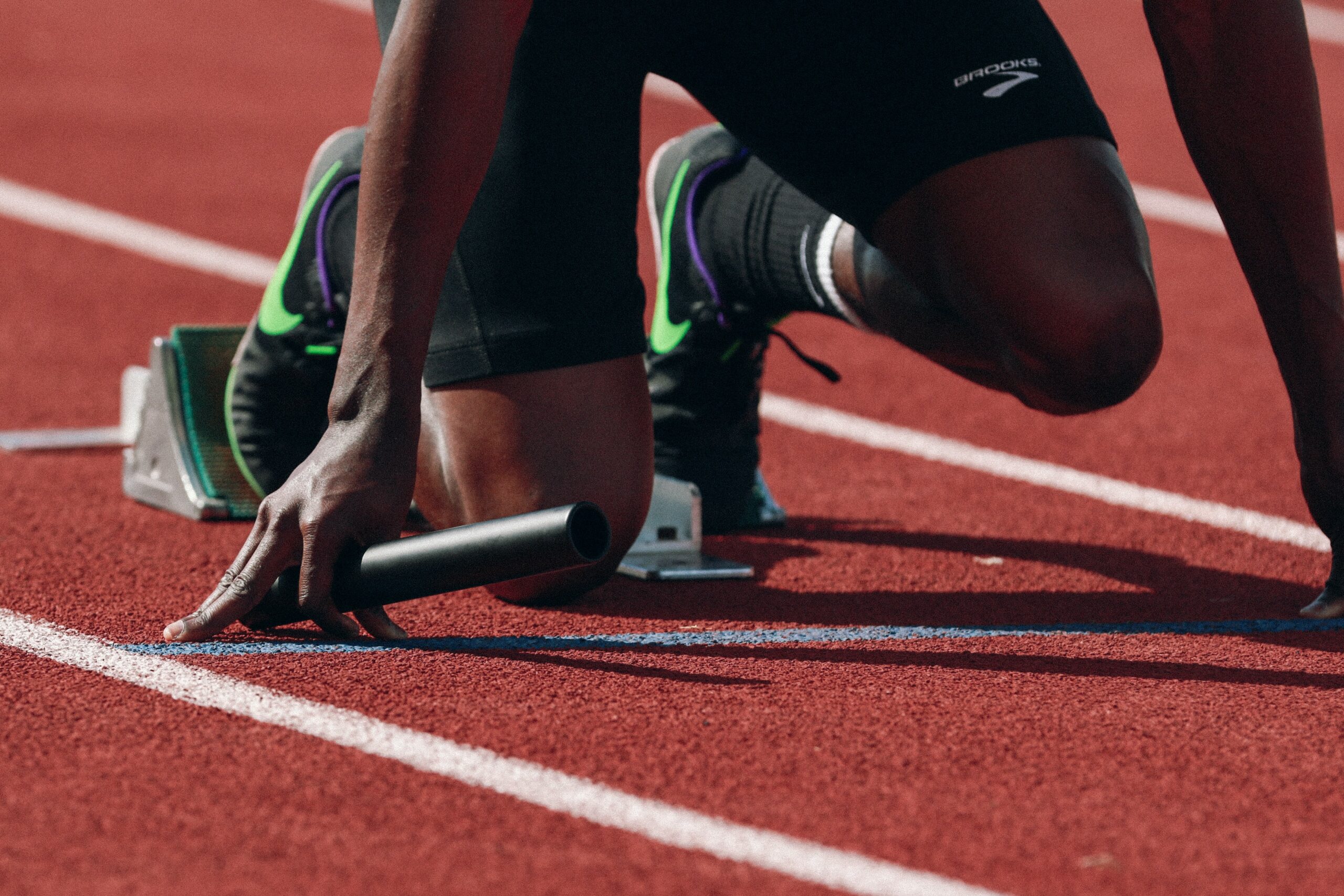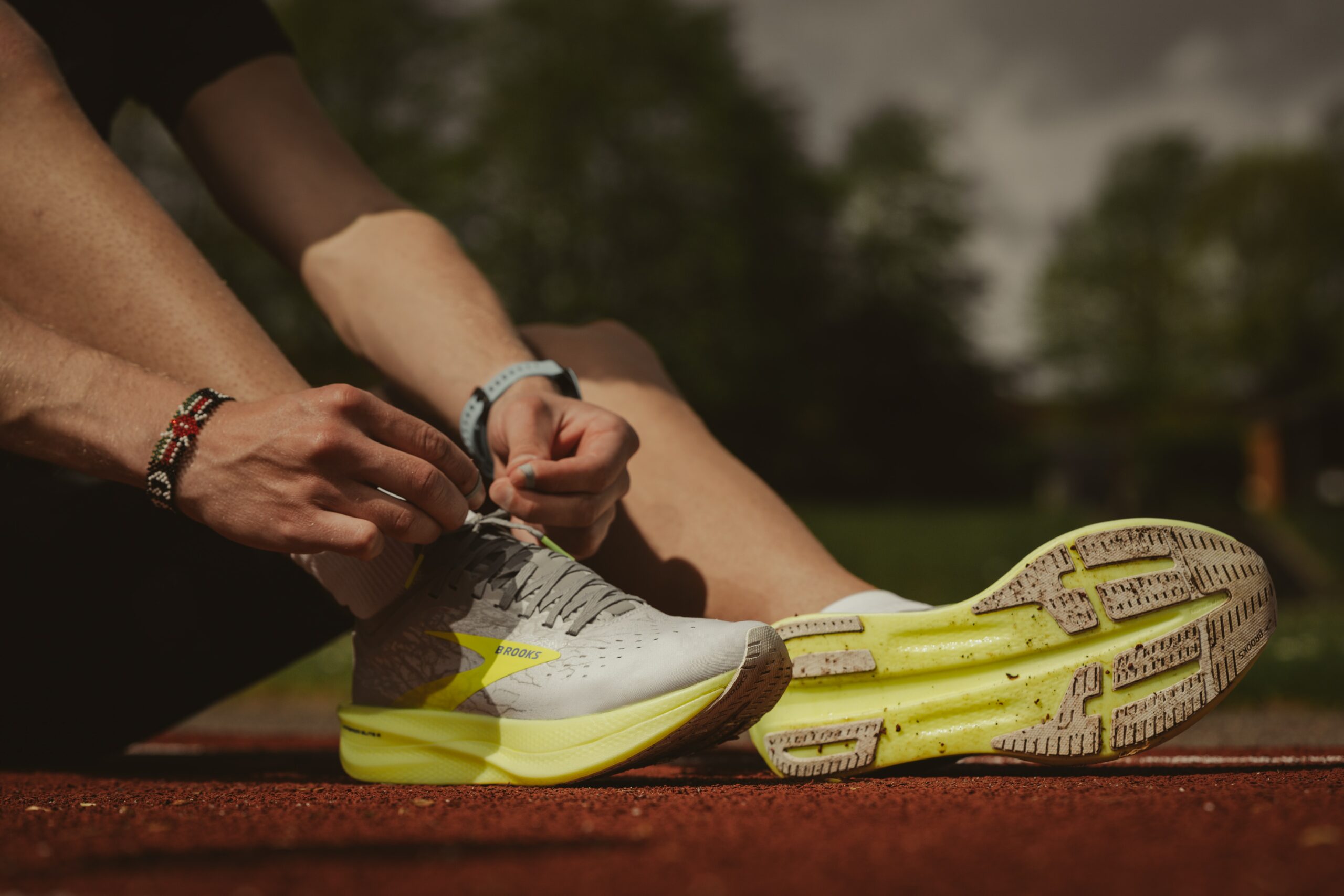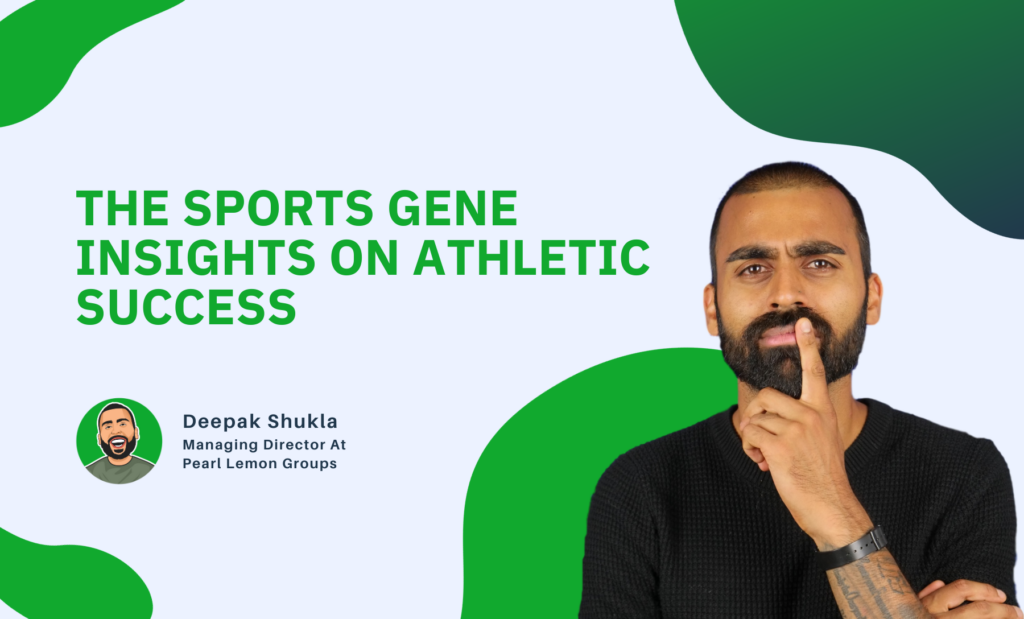Unveiling Athletic Success: “The Sports Gene” by David Epstein 🏆
Introduction: Exploring the World of Athletic Success 🌍
In today’s discussion on Deepak’s Daily Reading, we delve into “The Sports Gene” by David Epstein, a book that takes us on a fascinating journey into the world of athletic achievement.
While I anticipate an engaging read, I’m also eager to uncover the actionable insights it holds for entrepreneurs and individuals aiming for excellence in any field.
As we embark on this exploration, we’ll unravel the mysteries surrounding talent, practice, and the truth about success in sports and beyond.
Challenging the 10,000-Hour Rule 🕰️
One of the first captivating revelations from Epstein’s book is the debunking of the 10,000-hour rule, popularized by Malcolm Gladwell.
While it suggests that 10,000 hours of practice is the key to mastery, the reality is far more complex.
Epstein presents a stark contrast between individuals, where some require as little as 600 hours to reach a national standard, while others may need a staggering 27,000 hours.
This underscores the critical role of individual variance in the pursuit of excellence, emphasizing that success isn’t bound by a fixed timeline but by a relentless drive for improvement.
Diverse Journeys to Excellence 🌟
“The Sports Gene” introduces us to remarkable stories of athletes who defy conventional wisdom.
Consider the case of a Swedish high jumper who dedicated his life to the sport, despite being significantly shorter than his competitors.
In contrast, an American athlete named Holmes transitioned to high jump and outperformed him within a couple of years, thanks to a natural advantage—a longer Achilles tendon.
These tales of contrasting paths to success highlight the intricacies of genetics, hard work, and individual potential.

The Achilles Tendon Saga 🦵
Epstein’s exploration takes us deeper into the role of biology in athletic prowess.
The length of an athlete’s Achilles tendon, for instance, can significantly impact their performance in sports like high jump.
This physiological difference, often governed by genetics, can make or break an athlete’s career.
It underscores that talent isn’t solely about skill development but also about the physical attributes one possesses.
The Science of Visual Advantage 👁️
The book unveils a captivating aspect of athleticism—visual acuity. In certain sports, superior vision can be a game-changer, allowing athletes to perceive and react to crucial cues faster than their competitors.
Epstein provides insights into how differences in visual perception, depth perception, and contrast perception can provide a significant edge in sports such as archery, baseball, and softball.
The presence of specific visual attributes, not found in the average population, can set athletes on a trajectory toward success.
Unearthing Natural Abilities 🧬
Epstein’s narrative suggests that athletes often self-select sports based on their natural abilities.
Those without the required “hardware” may opt for different pursuits.
Genetic predispositions play a pivotal role in an athlete’s journey, influencing their suitability for specific sports.
Understanding one’s genetic makeup can provide valuable guidance in choosing the right athletic endeavor.

Specialization vs. Generalization 🏀
A pertinent question arises: should young athletes specialize in a single sport early in their lives or engage in a broader range of activities?
Epstein’s book introduces the concept of a “Speed Plateau” that challenges the notion of early specialization.
It prompts us to reconsider the value of generalization and how a diverse skill set can enhance overall development in sports and life.
Recycling Talent: A Gold Medal Recipe 🥇
Epstein’s exploration isn’t limited to genetic determinants; it extends to talent identification and transfer.
The concept of “recycling talent” involves identifying individuals with specific physiological advantages and transitioning them to sports where these advantages shine.
Remarkably, this strategy has yielded an impressive record of Olympic gold medals in certain countries, emphasizing the significance of identifying and nurturing innate abilities.
As we conclude this overview of “The Sports Gene,” I’m excited to dive further into the book’s intricacies and glean valuable insights that transcend the realm of sports.
In the entrepreneurial journey and in life, understanding the interplay of genetics, dedication, and individual potential can empower us to strive for excellence.
“Success is not solely about talent or practice hours but the unique interplay of individual attributes and relentless dedication.”
Join me in navigating the world of athletic success and discovering how its principles can elevate our pursuits in every arena. 🏆

Key Takeaways
- The 10,000-Hour Rule Myth: The book challenges the popular notion that 10,000 hours of practice is a fixed requirement for achieving mastery. It emphasizes that individual variance plays a significant role in how quickly one progresses in any field.
- Diverse Paths to Excellence: The stories of athletes like the Swedish high jumper and American athlete Holmes illustrate that success doesn’t follow a one-size-fits-all formula. Genetic advantages and individual dedication can lead to different routes to excellence.
- The Role of Biology: Biological factors, such as the length of the Achilles tendon, can have a profound impact on athletic performance. Genetics play a crucial role in determining an athlete’s physical attributes.
- Visual Advantage: Visual acuity, depth perception, and contrast perception are critical in certain sports. Having specific visual attributes not found in the average population can provide a significant edge in sports like archery and baseball.
- Unearthing Natural Abilities: Athletes often self-select sports based on their innate abilities. Understanding one’s genetic makeup can help in choosing the right athletic endeavor.
- Specialization vs. Generalization: The book prompts a reconsideration of early specialization in sports. It suggests that a diverse skill set gained through generalization can enhance overall development.
- Recycling Talent: Identifying individuals with physiological advantages and transitioning them to sports where these advantages shine has resulted in Olympic success. This strategy highlights the importance of nurturing innate abilities.
These takeaways emphasize that success is not solely determined by talent or practice hours but is influenced by genetic factors, individual dedication, and smart talent identification strategies. Understanding these dynamics can benefit not only athletes but also individuals pursuing excellence in various fields, including entrepreneurship.
Book Summary
“The Sports Gene” by David Epstein is a captivating exploration of the multifaceted factors that underpin athletic success. Epstein ventures beyond the conventional wisdom that relentless practice alone leads to greatness, challenging the validity of the famed 10,000-hour rule. Delving into the intricate world of genetics, training, and performance, Epstein uncovers the profound influence of genetics on an athlete’s journey. From the role of specific muscle fibers to the significance of body proportions and visual acuity, he presents a compelling case for the genetic underpinnings of athletic prowess. Epstein’s storytelling prowess is evident in his anecdotes and scientific insights, weaving together a narrative that celebrates the diverse pathways individuals take on their quest for sporting excellence. In doing so, “The Sports Gene” not only reshapes our understanding of athletic achievement but also emphasizes the need to acknowledge and nurture natural abilities, offering a fresh perspective on the complex nature of sporting greatness.



